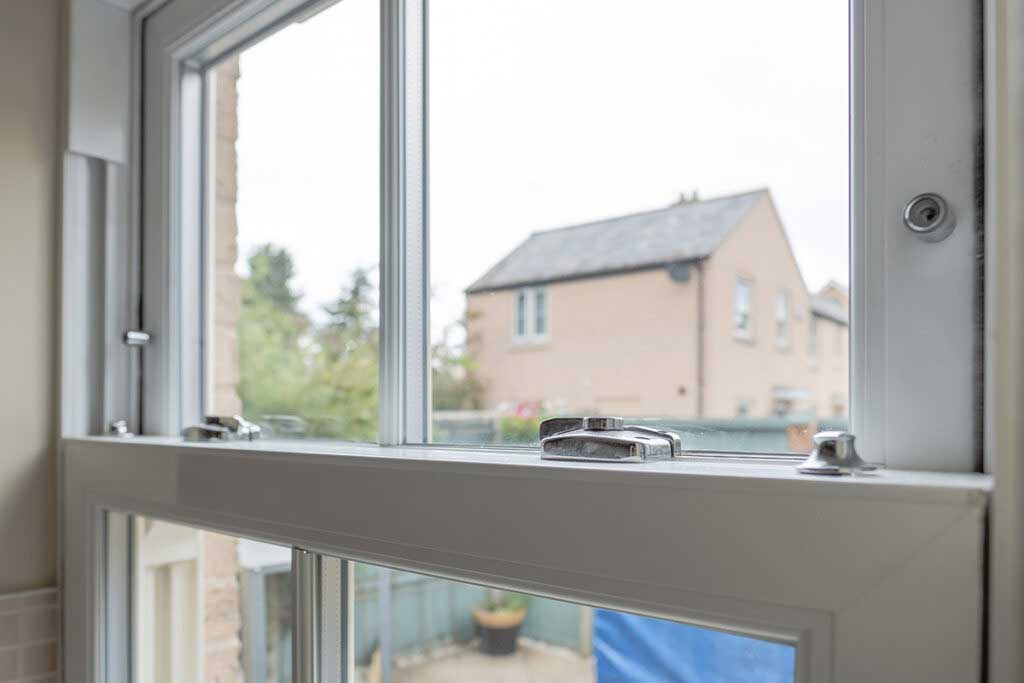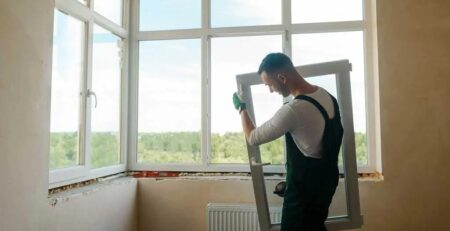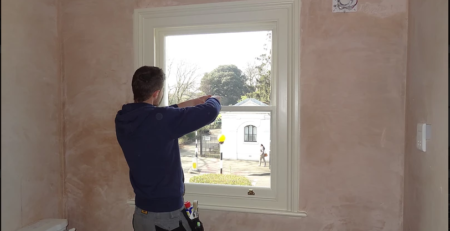Should I Repair Or Replace My Sash Windows?
Sash windows are a common feature of houses in the UK. Despite looking aesthetically pleasing, over time they can become less energy efficient. But how do you know when it is time to invest in sash window repair or replace it altogether?
How You Can Repair Sash Windows
A common problem with older sash windows is the lack of insulation they provide. Single, glazed panes can wear down and become draughty which may lose heat from your household.
However, you can easily fix this problem by upgrading to double glazing instead. This can be done without replacing the sash window.
Repairing your sash window with double glazing allows you to trap a greater amount of heat. In addition, two strong panes trap a gas between them like krypton or argon which forms a superior barrier between the warm inside and cold outside. This prevents thermal bridging and condensation, both of which can make a home much cooler.
Sash window repair is an investment, yet in the short term, you will have a warmer house, lower energy bills and won’t need to get rid of your existing window frames.
Why You Should Replace Them
Notwithstanding, there are situations where you are better off replacing your sash windows.
Upgrading your windows with better materials increases the chances of it lasting longer. For example, modern glass is very durable and newer frames are more resilient when it comes to water damage and rot. So you won’t have to worry about window repair for a long time.
Another reason is if your house is extremely cold or droughty. Modern sash windows are much better at preventing heat loss. Double glazing makes it more difficult for air to get through while high-quality timber frames are less likely to swell.
Finally, sash window repair could be the more expensive option long term. After all, an old window may need regular maintenance to ensure it is still working properly. In contrast, a one-off investment of new, modern windows will keep your home warm for years to come and simultaneously lower energy bills.






Leave a Reply